The Chilean Patagonia region is a wild, untamed landscape. The rugged coastline, winding roads, dense forests, and enormous icefields are an awe-inspiring sight. Furthermore, Patagonia is some of the most sparsely populated land on the planet. Filled with fascinating endemic species and rare plant life, Patagonia is a haven for wildlife lovers. Amidst this vast, open landscape, intrepid explorers can feel truly at one with nature.
Once referred to as the end of the Earth, visiting the Patagonia region is far easier than it used to be. Now, flights to Santiago are available from most major European and North American hubs, with numerous domestic flights and bus routes. With plenty of accommodation options and friendly locals, this wild landscape is welcoming hospitable. However, this isn’t to say it’s losing any of its magic – Patagonia is still a breathtaking place. Here, we run down where to go, how to get there, and what to do if you’re planning your first trip to Chilean Patagonia.
The Carretera Austral: The road trip of a lifetime
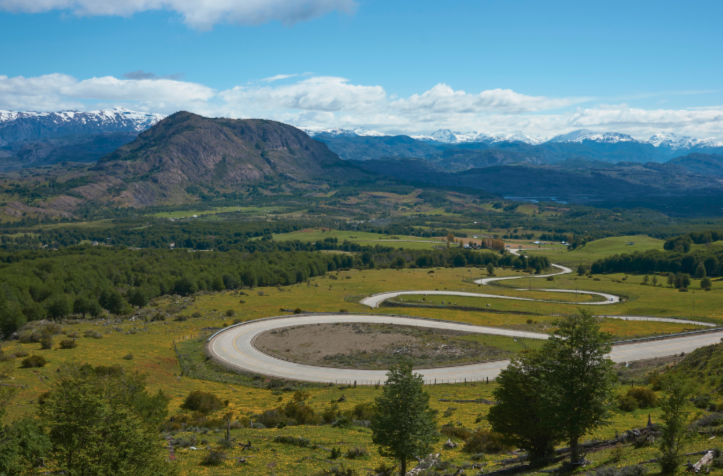
If you’re visiting Chilean Patagonia for the first time, a great way to get an overview of the region is a road trip down the Carretera Austral. Stretching from Puerto Montt to Villa O’Higgins, this long highway covers a significant proportion of the Patagonia region. Passing thick forests, crystal clear lakes, and rugged steppe, a journey down the Carretera Austral is a fantastic way to see Chilean Patagonia in all its diversity. For instance, a great stop off is Lago General Carrera, where you can join a kayak tour of the incredible Marble Cathedral. Furthermore, it’s not just landscape that’s on offer; road trippers can see rheas, condors, and eagles.
To drive the entire Carretera Austral, you’ll need about ten days. Furthermore, it’s sensible to make sure all your accommodation is booked in advance, especially during the peak months of January and February. Many travel agents offer complete packages including flights, hotels and car hire for around $6,000 per person. However, for those looking to design their own experience, a good option is to fly between Santiago and Balmaceda airport. Once you land, several major car rental companies offer competitive rates on 4×4 hire.
Torres del Paine: The jewel of the Chilean Patagonia region

The jewel in the crown of the Chilean Patagonia region is the Torres del Paine national park. With several hikes of various difficulties on offer, there’s something for every ability. For those with more stamina, a 4-day hike around the park’s famous W trek is not to be missed. Here, hikers have the chance to see swooping condors and herds of guanaco, as well as the park’s astonishing landscape. For those traveling with children – or if you’d rather take it easy – less demanding hikes including a beautiful day-long trek to the Sierra Masle viewpoint.
Furthermore, spending time in the Torres del Paine doesn’t necessarily include camping. Although there are plenty of picturesque, comfortable campsites, Refugios are a great option. Offering dorm-style rooms and meals, Refugios are perfect for those who’d rather sleep in a bed after a long hike. However, they do fill up – so be sure to book in advance. In addition to comfortable accommodation options, the national park is now far easier to get to. Whereas before travelers would fly from Santiago to Punta Arenas and embark on a five-and-half-hour, two-bus journey, Puerto Natales now has a small airport.
Tierra del Fuego: The ends of the Earth
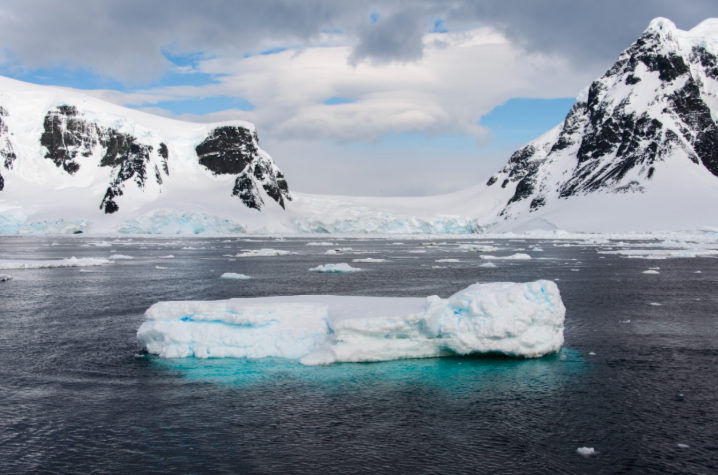
Before the Panama Canal opened, Punta Arenas was a significant trading post. Now the city is brimming with rich history, including historic buildings and museums. What’s more, Punta Arenas is the gateway to arguably the most historic location in the Chilean Patagonia region – Tierra del Fuego. Famously remote and dramatic, the Tierra del Fuego is a network of islands divided between Chile and Argentina. It was here that Charles Darwin developed his theory of evolution and Captain Cook navigated around Cape Horn towards Australia.
From Punta Arenas, you can board an Australis cruise ship and trace the route of Charles Darwin to Ushuaia. Aboard the ship, you will navigate Glacier Alley, cross the Beagle Channel, and spot penguins and sea lions on Cape Horn’s jagged coast. From $2,817 per person for an 8-night cruise, explorers can experience the Chilean Patagonia region in all its glory from the comfort of Australis’ luxury vessels. For more information and booking, take a look at our brochures.
No comments yet
There are no comments on this post yet.



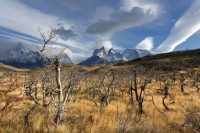
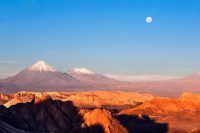
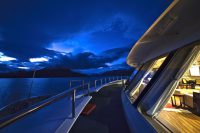
Leave a comment